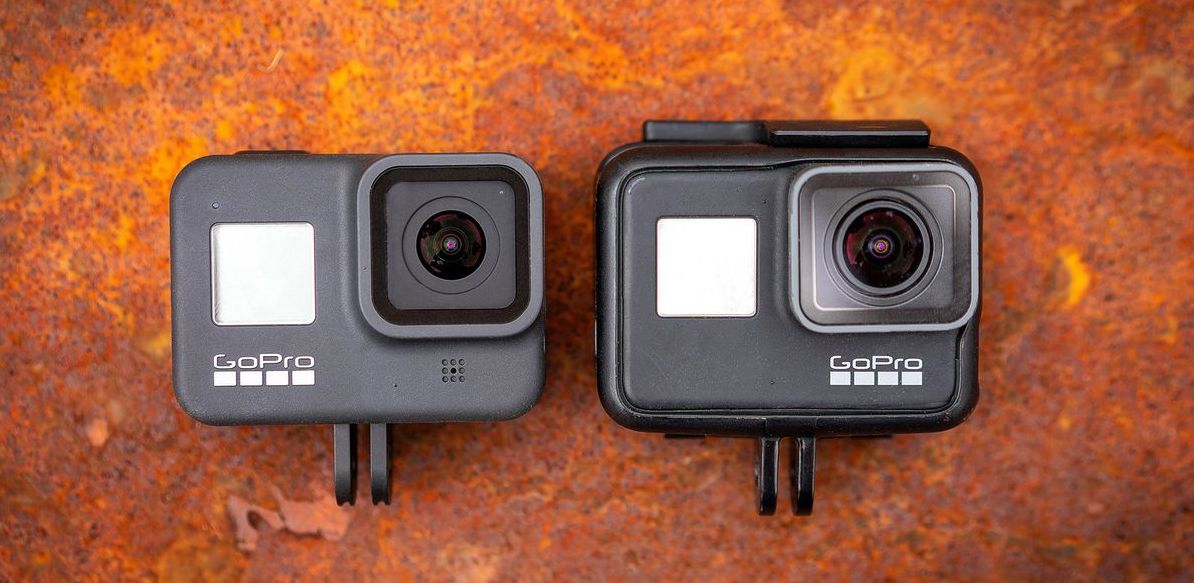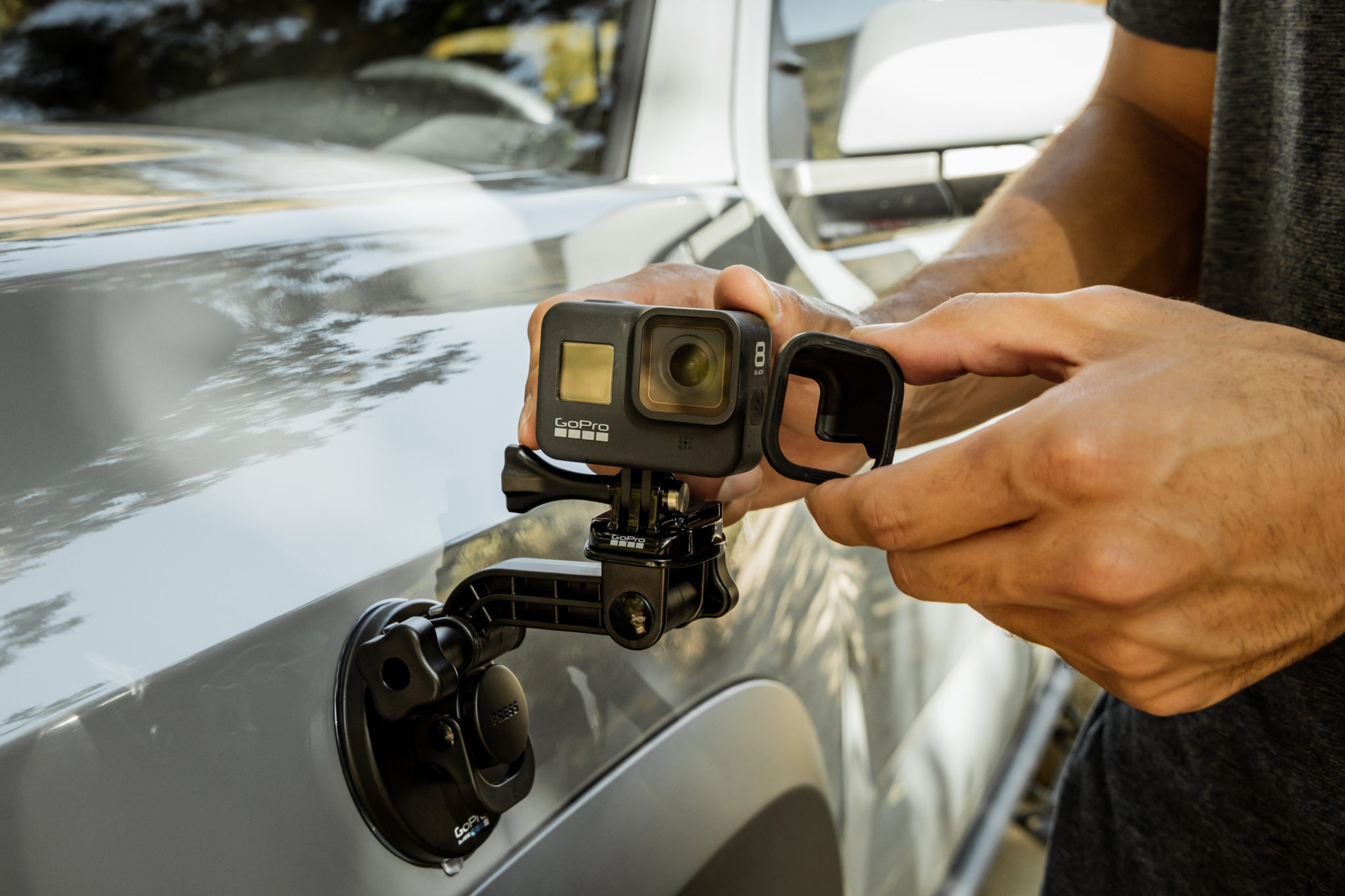
The Sony A7sii and A7iii and why this is a tougher comparison than you may think
In the realm of quality filmmaking Sony is quite the giant. The entire range of Sonys mirrorless cameras has been crafted to deliver the most superior video quality demanded in the film studios of the present. Their 4K image quality, crisp resolution and lifelike colors, high dynamic ranges are but a few of the characteristics these cameras deliver
The most premium crafted of Sonys mirrorless series is the sony a7sii. The legendary device is used by professional studios and filmmakers for all kinds of video. From lowlight and deep blacks to the brightest and vivid landscapes. This camera has proven itself a name in the field. Back from its announcement in 2015 the camera is still widely in use and preferred. Even after 3 years of being in the market and open to competition
Recently however sony announced their latest champion in the a7 series, the a7iii. Building on the same aspects of the its former products. While one may consider the a7iii a pure successor to the a7sii, this very thought is misleading. It is true that both of these beautiful cameras may have a lot in common. But they also have their own fields of expertise. While physically both may look the same they are in fact very differently designed and imagined from the inside. It is wise to consider all these aspects before you decide which one would be best for your work.
The Common Features
Before we head into the details let’s observe the common features. Both cameras come with a 35mm E mount sensor, have dust and weather resistant bodies and generally look the same, except for a few button placement and their logos of course. An identical viewfinder can be found on both of these consisting of an OLED panel made from 2360k dots and 0.78x magnification
The Differences
Let us now come down to the the differences. While both of these cameras belong to the same series they are actually specialized for different purposes. The sensor of the a7sii is 12.4MP, while this may be a little less to consider on paper, they also serve as its advantage. This lower resolution causes the pixels to be larger and thus allowing for a spectacular light sensitivity range from 100 to 102400, all the way up to 409600 on extended values
Sensors
The a7iii has a 24MP back illuminated sensor which is such that it is both a good resolution for taking sharp images while also being in the right range for videos. The overall focus is on an all-round camera good for both filmmaking and photography. While the ISO range of this camera may not be as good as the a7sii it is still pretty excellent. Ranging from 100-51200 and extending all the way to 204800. It delivers decent performance in comparison to the a7sii
Video Recording
Both these cameras can record a full 4K resolution at 30 fps in the XAVC S format. The a7iii however could have some minor advantage in sharpness due to recording at 6K and then downscaling to 4K. It is to be noted though that when recording at 30 fps there is some crop factor on the a7iii sensor unlike the a7sii. When recording on 1080p both of these can record on max fps of 100(PAL) on and 120(NTFS). The issue that the a7sii poses here is that it crops the sensor by a huge 2.2x causing a huge change in view from the lens.
The Autofocus
The autofocus is another key difference between both of these devices. The a7iii possesses 693 focus points which it utilizes fully, along with 425 contrast detection points. Its Phase detection allows for more accurate tracking for fast moving objects in order to always keep them the center of the image. The a7sii however only has around 169 detection points.
Stabilization
Both cameras are equipped with a 5 axis stabilization. One minor difference would be that the a7sii has a compensation of 4.5EV while due to superior hardware the a7iii can do so up till 5.0Ev. The cameras use their 5 axes stabilization with non stabilized lenses. In case of an optically stabilized lens they make use of 3 axes stabilization
Continuous shooting also varies greatly on both models. While the a7iii can record at 10 fps consistent shots the a7sii cannot compare with 5 fps on locked focus and 2.5 on AF tracking. This might sound odd but this difference is due to the fact that the camera simply isn’t designed for fast motion photography.
Screens and Usability
Coming down to the console and functions of both, the a7sii has a slightly better LCD with a resolution of 1228k dots. Versus the 922k dots of the a7iii. However, the screen on the a7iii is touch sensitive and therefore can be used to choose the focus point even if you are using the viewfinder. This also comes in handy when you are recording video. Allowing for much smoother selection and transitioning of focus points on the same frame. The a7iii also has an AF joystick if you don’t want to use the touchscreen for focusing. This too gives you quite some options and convenience.
Since the a7iii is a newer model it is bound to have some design improvements along with it. Although it is not entirely revamped the a7iii has redesigned wheels and buttons with a much better texture and feel to them. The AF joystick is also a new feature that are exclusive to the a7iii. The camera doesn’t just pack improvements on the outside, there have been many changes on the software inside as well. The Menu has been sorted for a better usage and experience. There is also a feature to save your custom settings for more convenient selection. And you get to have 30 different custom settings. Another welcome design change would be the addition another card slot. The a7iii has 2 card slots compared to the single slot on the a7sii
Battery Life
When considering the usage it is also crucial to compare the battery life. There has been a significant improvement in the battery life of the a7iii providing you up to 115 minutes of video recording on a single charge. The a7sii can only provide you roughly an hour of recording. In the box you get one charger and two batteries with the sony a7sii. You only get a battery with the a7iii, no charger is available to you out of the box
Pricing
It would be wrong to not consider the pricing of both devices while having a detailed comparison. The body of the a7iii retails for around 280k PKR while the body of the a7sii is available for 265k PKR. It can be seen that the a7sii is still quite expensive in the market despite its age. One advantage of its older release date is that you are sure to find some really good condition devices second hand in the market as well.
Both of these devices despite being from the same series actually serve different purposes. The a7sii in the end is purely geared towards filmmaking and does a great job at it in both low light and on higher iso. It is able to capture a lot more detail thus explaining why it is still used by nearly all studios. The a7iii is designed to be an all round camera, giving you a sweet spot between quality filmmaking and excellent photography. But due to this you also end up getting quite some trade offs here and there in comparison.
The best way to decide would be to consider your line of work. And whether you need a device for all round purposes or purely for studio grade filming. But no matter which one you decide to buy. In the end, it is no doubt that both of these are one of the most remarkable cameras available today







